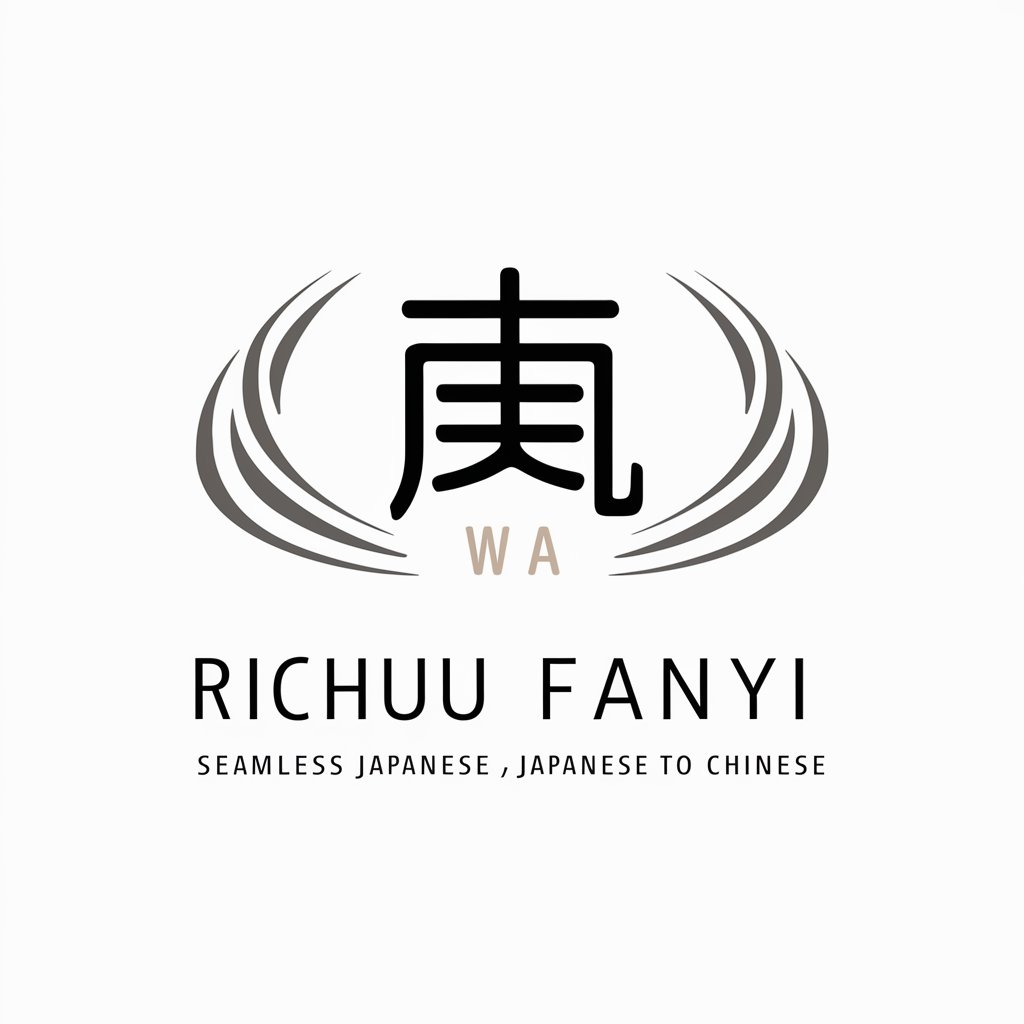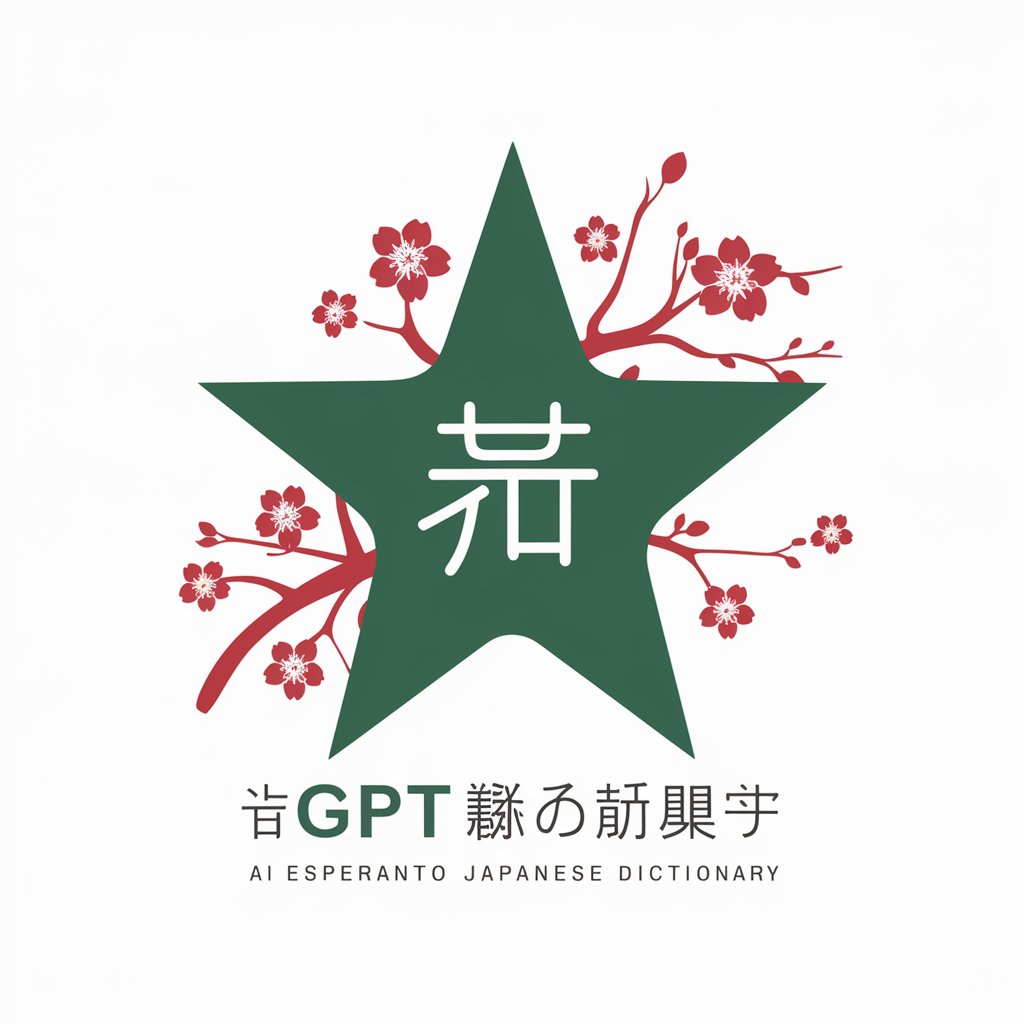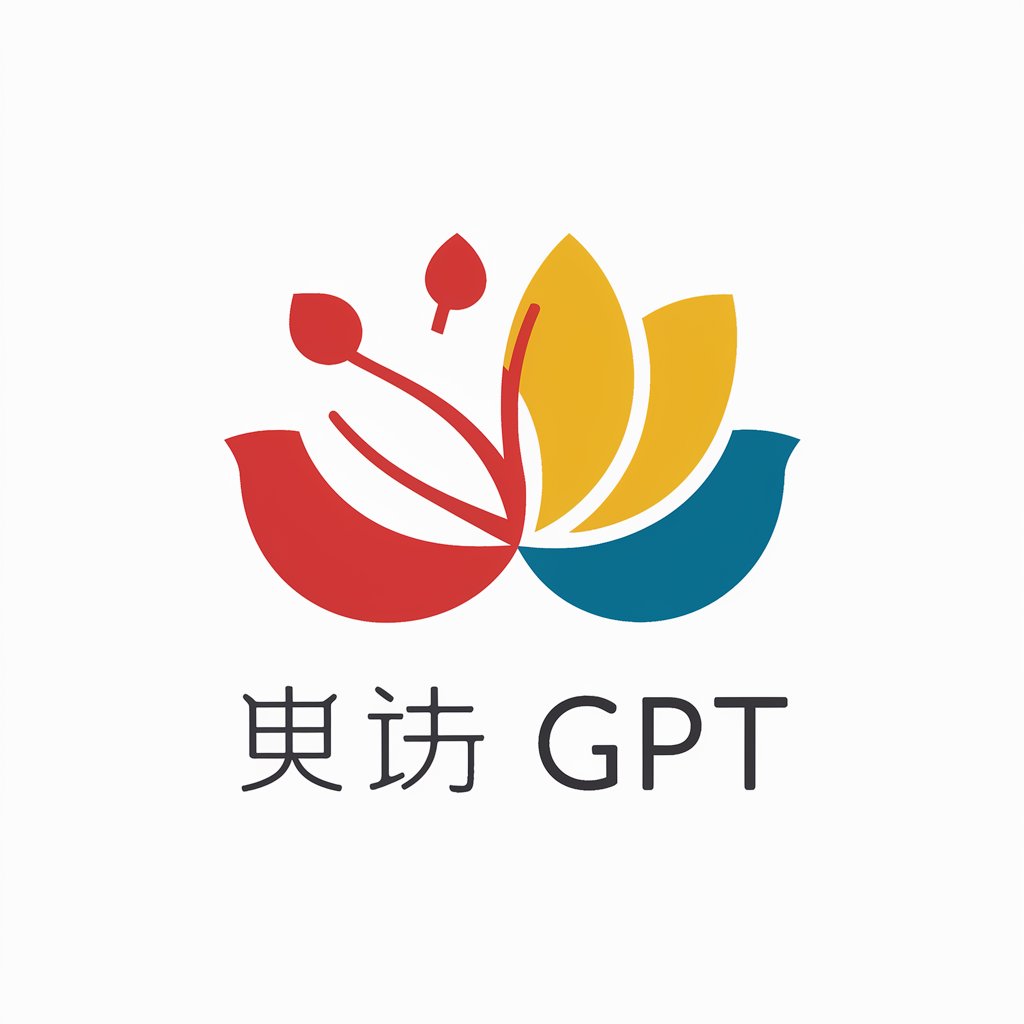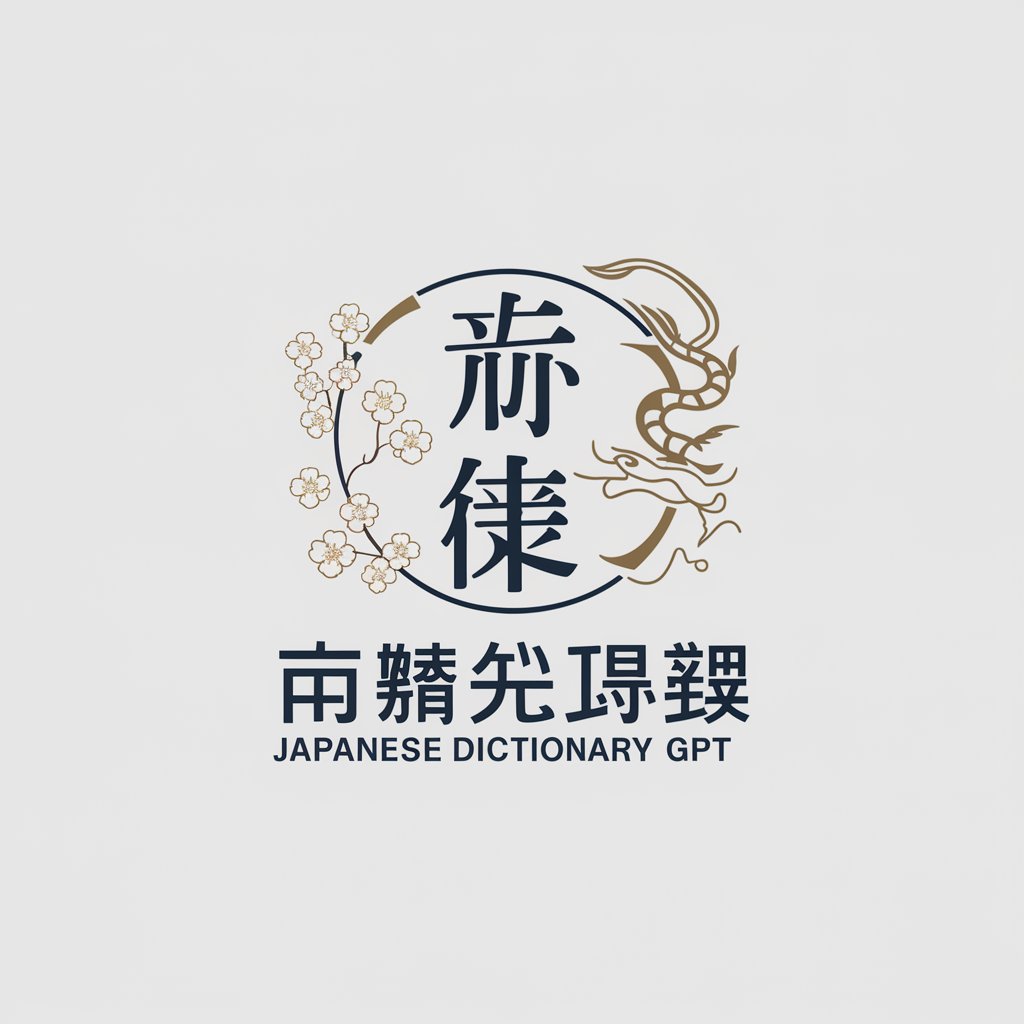
日越/越日辞書 - Japanese-Vietnamese Translation
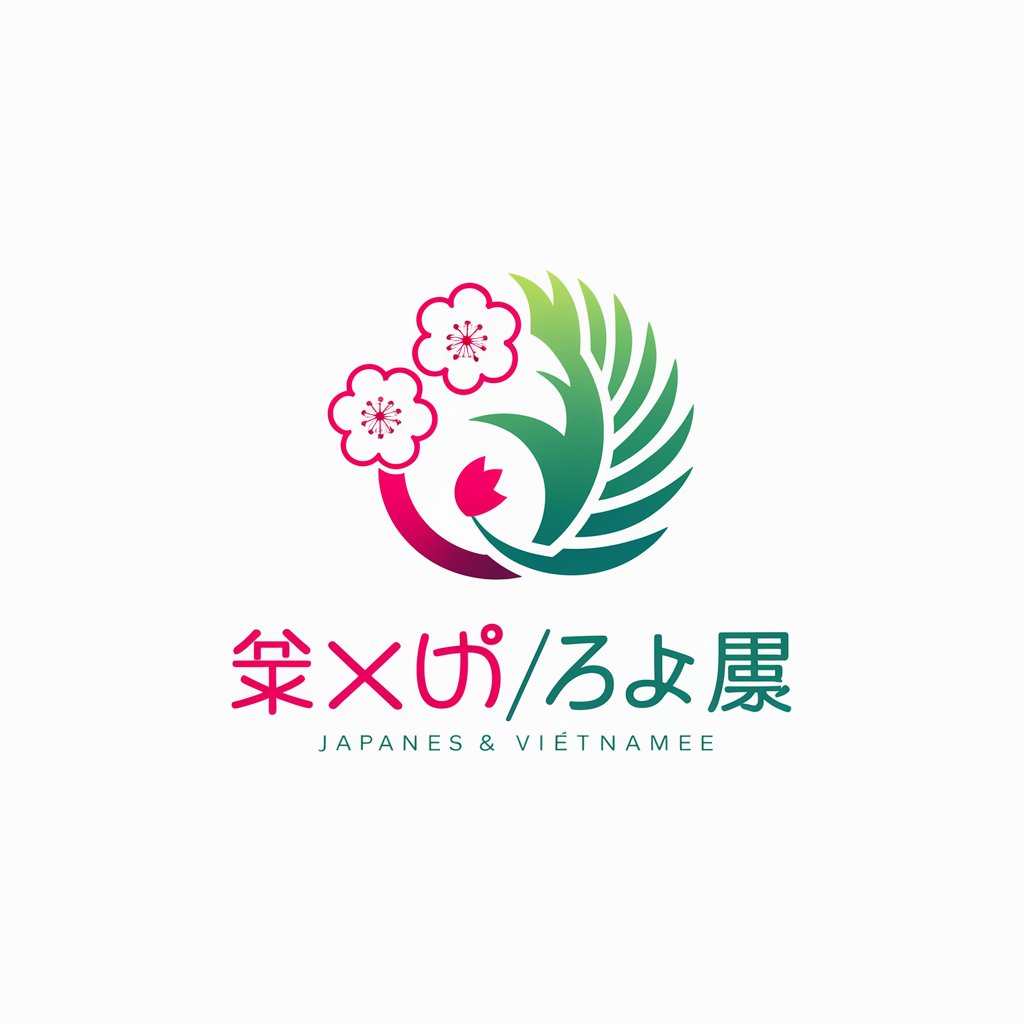
こんにちは!日本語とベトナム語の翻訳をお手伝いします。
AI-powered language bridge
Translate the Japanese word
What is the Vietnamese equivalent of
How do you say
Please provide the Vietnamese translation for
Get Embed Code
Introduction to 日越/越日辞書
日越/越日辞書 is a specialized bilingual translation tool designed to facilitate communication and learning between Japanese and Vietnamese languages. It aims to serve as a comprehensive resource for translating words and phrases, offering accurate translations along with example sentences to provide context. The design purpose revolves around aiding users in understanding nuances between the two languages, making it a valuable tool for language learners, professionals, and anyone with an interest in cross-cultural communication. For instance, if a user inputs the Japanese word '愛', 日越/越日辞書 would translate it to 'tình yêu' in Vietnamese, followed by example sentences like 'Tôi yêu bạn' (I love you) and its Japanese translation, illustrating the word's usage in real-life contexts. Powered by ChatGPT-4o。

Main Functions of 日越/越日辞書
Word Translation
Example
Translating '学校' from Japanese to 'trường học' in Vietnamese.
Scenario
A Japanese student moving to Vietnam wants to find a school. They can use 日越/越日辞書 to learn the Vietnamese word for school, enhancing their ability to search and communicate their needs effectively.
Providing Example Sentences
Example
For the Vietnamese word 'sách', examples like 'Tôi đang đọc sách.' (I am reading a book.) are provided.
Scenario
A Vietnamese learner wishes to know how to use the word 'book' in sentences. 日越/越日辞書 not only translates the word into Japanese ('本') but also offers example sentences, aiding in understanding its application in different contexts.
Clarification of Multiple Meanings
Example
For the word 'bank', 日越/越日辞書 lists all possible Vietnamese equivalents like 'ngân hàng' (bank for financial institution) and 'bờ sông' (riverbank), asking the user to select the intended meaning.
Scenario
When a user is unsure about which Vietnamese word to use for 'bank', 日越/越日辞書 helps by clarifying different contexts, thereby preventing miscommunication.
Handling Words Without Tone Marks
Example
For an input like 'ban', 日越/越日辞書 would list options like 'bàn' (table), 'ban' (committee), etc., with their Japanese meanings, prompting user selection.
Scenario
A Japanese speaker writing a Vietnamese text encounters a word without tone marks. 日越/越日辞書 assists by providing options with tone marks and meanings, ensuring accurate usage.
Ideal Users of 日越/越日辞書 Services
Language Learners
Students or self-learners engaged in studying Japanese or Vietnamese. 日越/越日辞書 aids in vocabulary building, understanding sentence structure, and grasping nuances of word usage, making it an essential tool for effective language acquisition.
Professionals
Business professionals, translators, and researchers working with Japanese and Vietnamese languages. The tool facilitates accurate communication, helps overcome language barriers, and supports research by providing precise translations and contextual examples.
Travelers and Expatriates
Individuals traveling to, or living in, Japan or Vietnam. 日越/越日辞書 serves as a handy reference for everyday vocabulary, assisting in basic conversations, understanding local signs, menus, and instructions, enhancing the overall experience in a foreign country.

How to Use 日越/越日辞書
1
Access a trial without login at yeschat.ai, no ChatGPT Plus subscription required.
2
Type in a Japanese word to receive its Vietnamese translation, or input a Vietnamese word (without tone marks) to get its Japanese meaning.
3
For words with multiple meanings, select the intended meaning by choosing the corresponding number.
4
After selection, receive two Vietnamese example sentences for the word, followed by their Japanese translations.
5
Use the detailed explanations and example sentences to understand usage nuances and enhance your language learning.
Try other advanced and practical GPTs
スラム ダンク_キャラ診断
Discover Your スラム ダンク Alter Ego

Net Burn Sim
Navigating the digital landscape with AI-powered insights.

Pet Treat Chef
Tailored Treats for Your Furry Friends

Journey Guide GPT
Embark on AI-Powered Narrative Journeys

Dude
Empowering Digital Identity with AI

MixologAI
Crafting Your Perfect Cocktail

Property Analyzer
Empower Your Property Investments with AI

AnalytiX-GPT
Empower your decisions with AI ethics and insights.

ブログライタープロ
Elevate Your Blogging with AI-Powered Creativity

CreativeMind
Elevating Storytelling with AI

Sorry Bot
Empathy-driven AI for meaningful amends

SEO Content Writer v4
Elevate Your SEO Game with AI

Frequently Asked Questions about 日越/越日辞書
What happens if I input a word with multiple meanings?
The tool will list all relevant Vietnamese meanings for a Japanese word (or vice versa), each with its Japanese definition. You'll be prompted to select the intended meaning by choosing a corresponding number.
Can 日越/越日辞書 help with learning pronunciation?
While the primary function is translation, the example sentences provided can aid in understanding context and usage, which indirectly supports learning pronunciation through practice and exposure.
Is there support for phrases or only single words?
The tool primarily focuses on single words and their meanings. For complex phrases or idiomatic expressions, it's best to break them down into their components for more accurate translations.
How can I use 日越/越日辞書 to enhance my vocabulary?
Regularly using the tool to translate new words and study the example sentences can gradually expand both your Japanese and Vietnamese vocabularies, especially when used in conjunction with other learning methods.
What if I input a Vietnamese word without tone marks?
The tool will list all possible Vietnamese words with tone marks that match your input, each with its Japanese meaning. You can then select the intended word to see translations and example sentences.
